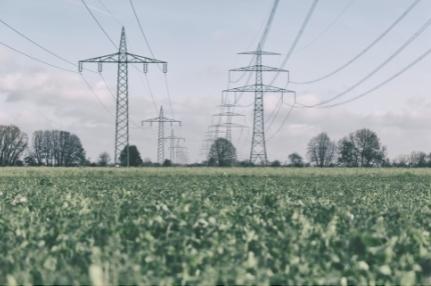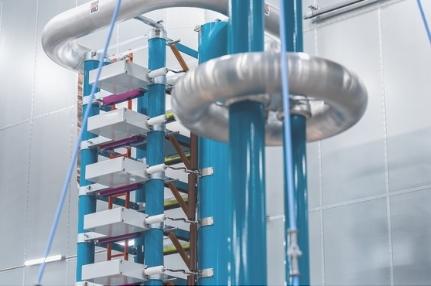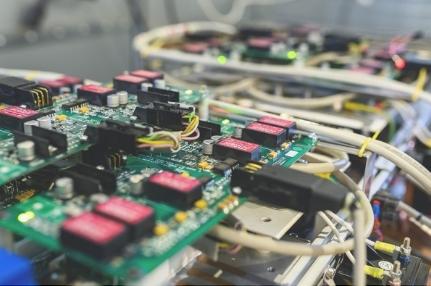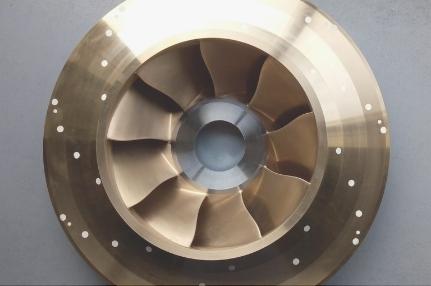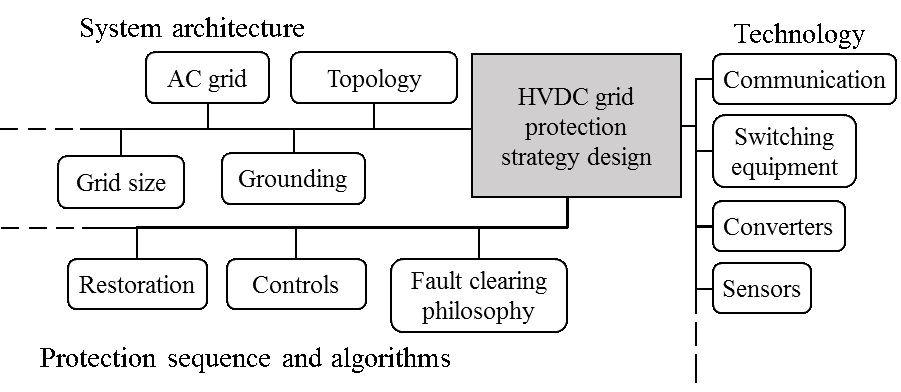Recherche & collaboration
Qu’est-ce qui nous rend unique ?
SuperGrid Institute doit son succès aux personnes qui composent nos différents départements de recherche. Nos équipes viennent d’horizons divers, tant industriels qu’universitaires, et la richesse de leur expérience et de leurs compétences rend l’Institut unique.
Chaque personne apporte une expertise spécifique et ce vivier de connaissances offre aux spécialistes de différents domaines la possibilité de collaborer sur des solutions innovantes pour résoudre des problèmes techniques.
L’Institut bénéficie d’étroites relations de collaboration avec des acteurs de l’industrie et des institutions académiques. Alors que les forces complémentaires de nos partenaires apportent des éclairages et des approches innovantes aux défis techniques, nous développons nos départements de recherche en toute indépendance. Des investissements conjoints publics-privés et des projets de collaboration financent le travail.
Les installations de recherche, les plateformes de test et les laboratoires de pointe de SuperGrid Institute sur les sites de Villeurbanne et de Grenoble sont la clé du succès de nos départements de recherche.

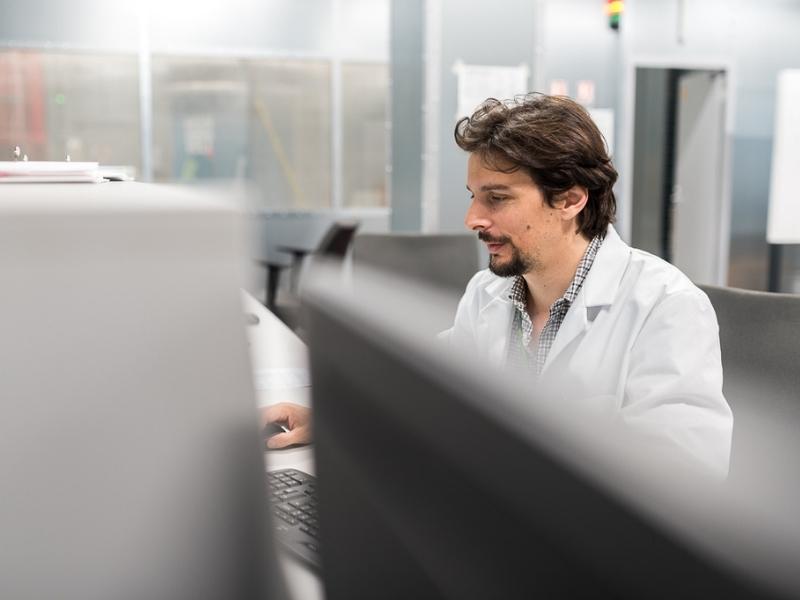
Nos dernières publications scientifiques
micro vs MEGA perspectives: grid developments for the future power systems
micro vs MEGA perspectives: Grid developments for the future power systems Abstract It is imperative for power systems all over the world to enable the integration of a considerable amount of renewable energy sources to meet international climate goals. This implies a paradigm shift in grid operation and network expansion on two fronts: At the lower end ‐ microgrids, local energy communities, distributed generation, local battery energy storage systems, enabling the subsidiarity principle balancing the system locally as much as techno‐economically feasible, through local markets and other smart grid solutions. Investments and developments where the focus lies on small‐scale local solutions are in this paper referred to as the micro‐perspective. At the higher end ‐ enlarging the integrated power system through bulk long‐distance HVAC and HVDC interconnections, utility‐scale RES generation plants and battery energy storage systems, multi‐national integration of electricity markets. Investments and developments where the focus lies on the large‐scale system or intra‐system wide solutions are in this paper referred to as the MEGA‐perspective. These two trends, both aiming at enabling very high penetration of RES, [...]
Measurement and behaviour of partial discharge for SF6 substitute gases in HVDC GIS/GIL
Partial discharge measurement is considered as one of the most powerful monitoring and diagnostic tools for the detection and recognition of defects for high voltage equipment.
Assessment of protection strategy options for future DC grids
This paper proposes a set of measurable Key Performance Indicators (KPI) that demonstrates how effective a protection strategy is achieving key objectives.


